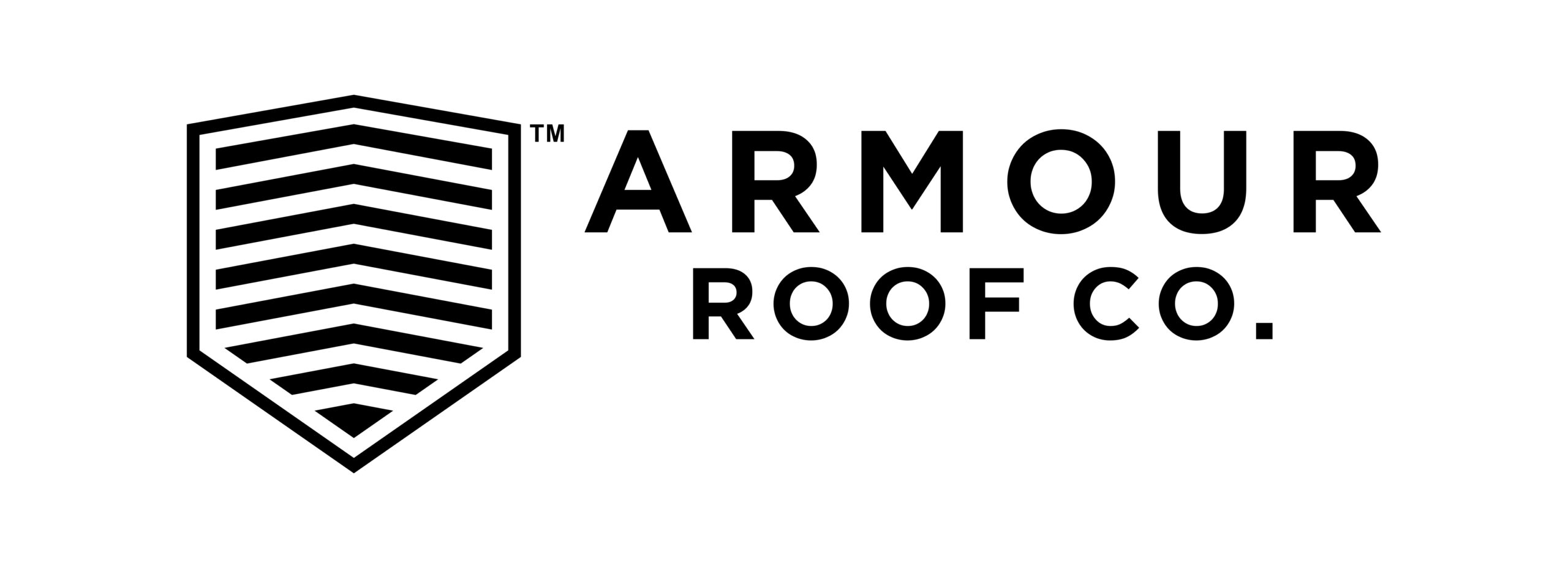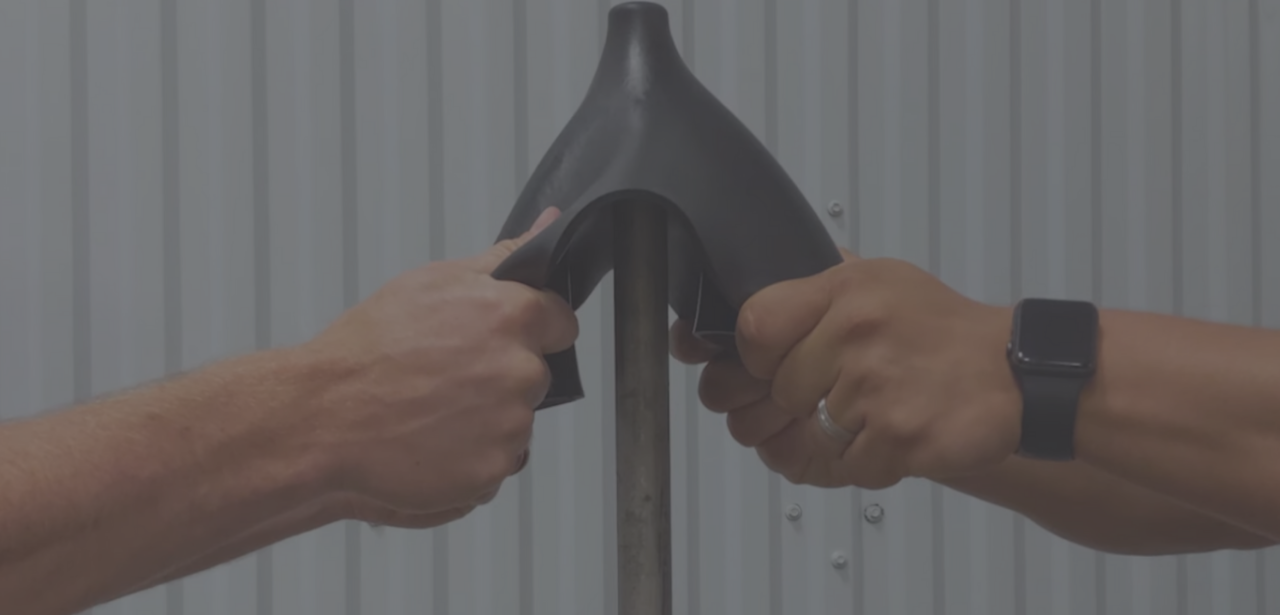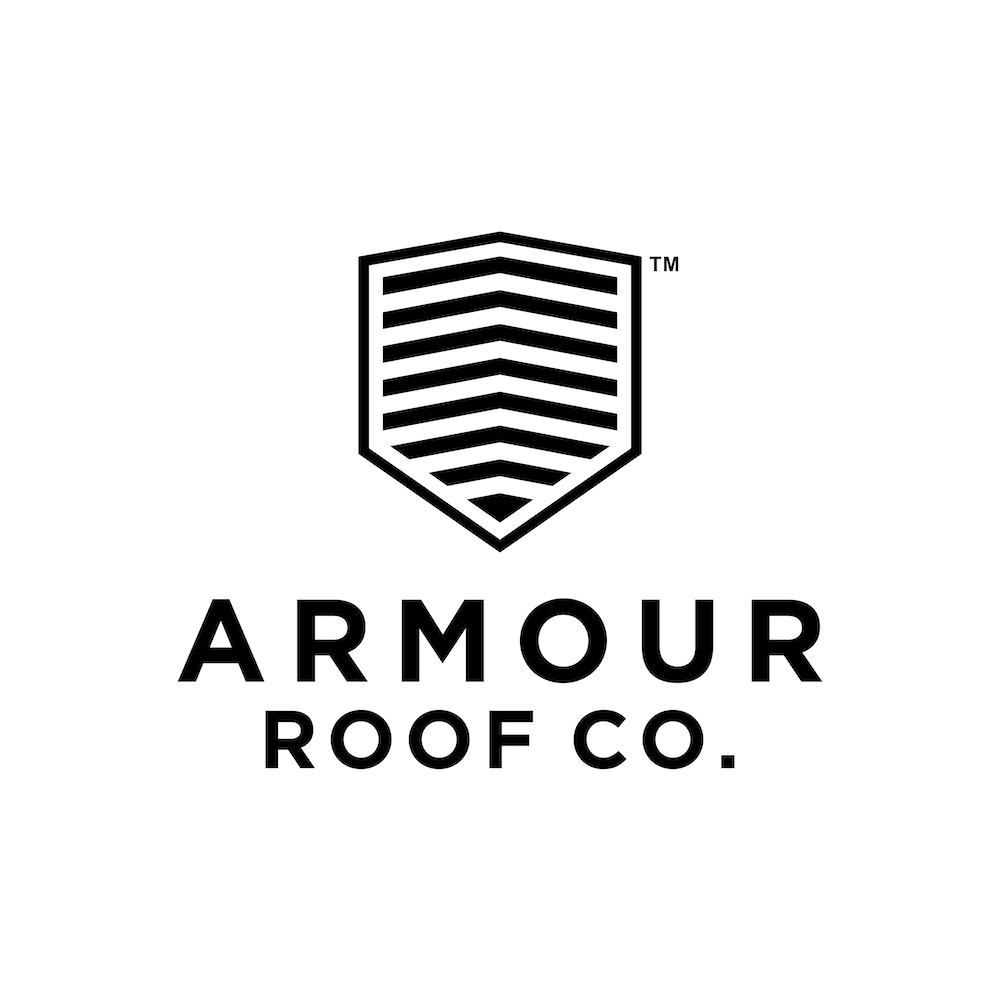When it comes to protecting your commercial building from the elements, a reliable roofing solution is the best place to start.
Enter elastomeric roof coatings – a cutting-edge technology that offers both flexibility and exceptional performance, especially when it comes to extreme weather conditions. Let’s break down elastomeric roof coatings, exploring their unique characteristics, benefits, and how they contribute to safeguarding your building against the forces of nature.
The Science of Elastomeric Roof Coatings
Elastomeric roof coatings are a type of roofing material specifically engineered to expand and contract with temperature fluctuations. This flexibility is achieved through the inclusion of elastomers, which are synthetic polymers known for their rubber-like properties.
These polymers allow the coating to stretch when exposed to heat and contract when temperatures drop, ensuring a consistent and tight seal on your roof regardless of temperature.
Flexibility of Elastomeric Coatings
One of the standout features of elastomeric roof coatings is their remarkable flexibility with some achieving up to 1200% elongation. Traditional roofing materials can crack and degrade over time due to the constant expansion and contraction caused by changing weather conditions.
Elastomeric coatings, however, can accommodate these movements without compromising their integrity. This adaptability translates into reduced stress on the roof structure, minimizing the risk of leaks and damage.
Extreme Weather Performance
Extreme weather events, whether scorching summers or freezing winters, can put immense strain on your roof. Elastomeric roof coatings are formulated to withstand a wide range of weather conditions. From high temperatures that can cause asphalt shingles to blister to freezing temperatures that make some materials brittle, elastomeric coatings can endure.
Rain, snow, hail, and wind have been tested against these coatings and have had minor effects on the product integrity when compared to their counterparts.
Rainwater beads up and slides off, rather than infiltrating, while hail impact is absorbed and dispersed across the flexible surface, preventing punctures and dents. This exceptional weather resistance extends the longevity of your roof, reducing the need for frequent repairs and replacements.
Energy Efficiency Enhancement
Beyond their weather resilience, elastomeric roof coatings also play a role in enhancing energy efficiency. These coatings are formulated with reflective properties that bounce back a significant portion of the sun’s rays, reducing heat absorption.
This means your building stays cooler during hot months, leading to lower air conditioning costs. In colder climates, the flexibility of elastomeric coatings ensures they won’t crack in freezing temperatures, maintaining their energy-efficient properties year-round.
Application and Maintenance
The successful application of elastomeric roof coatings requires attention to detail and proper preparation. This means Armour will clean the surface, repair, and dry your roof to ensure the coating adheres well to the manufacturer’s specifications.
Regular maintenance is also key to maximizing the lifespan of elastomeric coatings. Our maintenance plans include inspections to catch any wear or damage early, allowing for timely repairs that preserve the coating’s effectiveness.
Summary
Elastomeric roof coatings are a remarkable innovation in the realm of commercial roofing. Their proven ability to withstand extreme weather, enhance energy efficiency, and maintain flexibility makes them an attractive option for building owners.
Plus, the fact that they’re suited for all weather conditions makes them a prime candidate for any region or climate.
If you’re considering elastomeric roof coatings for your commercial building, give Armour a call at (402) 289-7869 and we can walk you through some options for your commercial roof!



